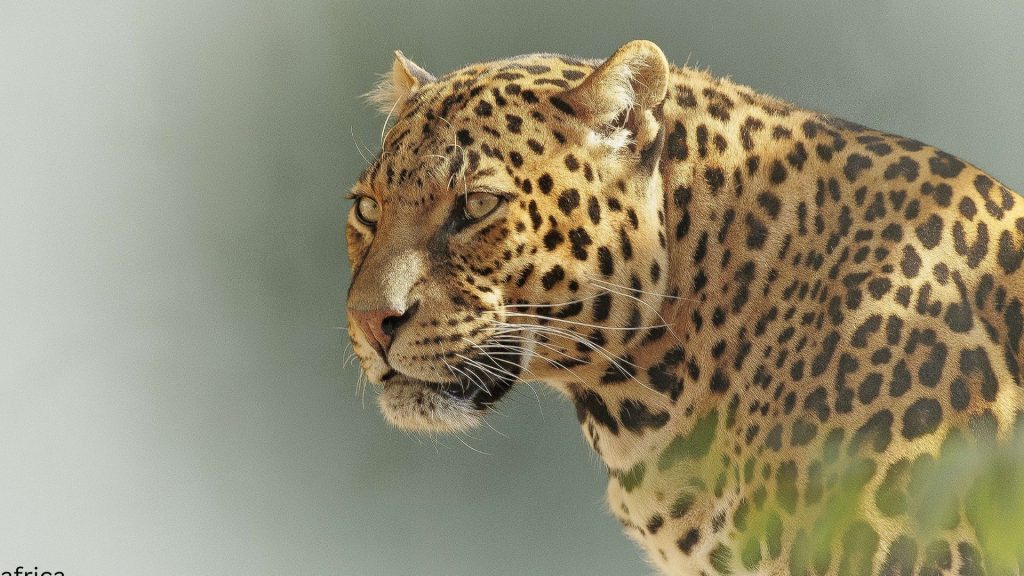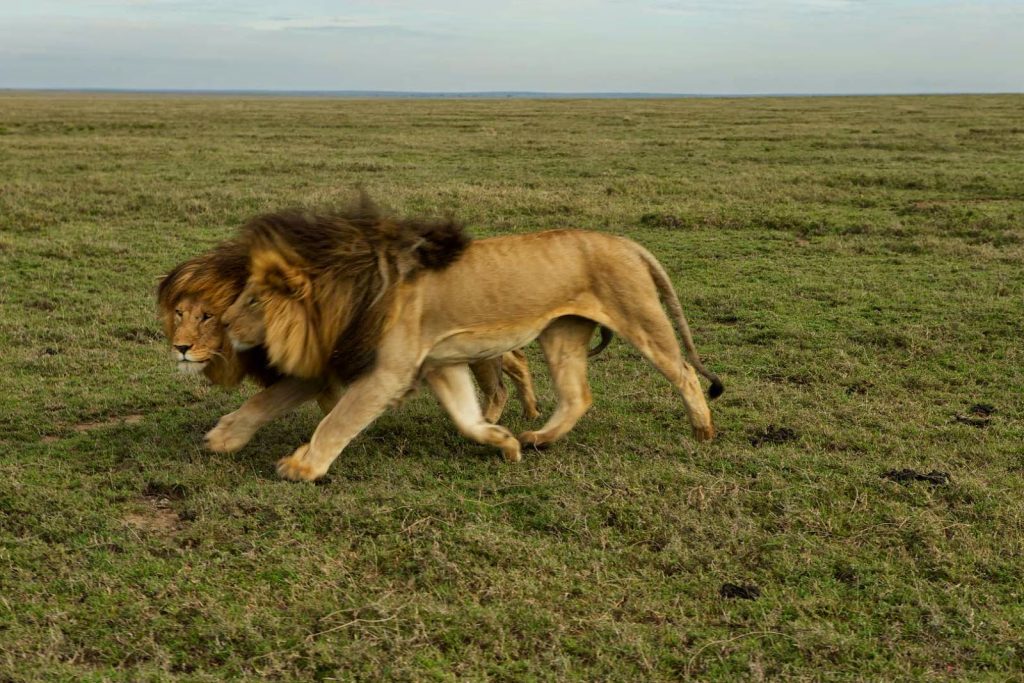Uluguru Mountains
“A Home to Uluguru Bu Shrike”
The Uluguru Mountains are a mountain range in eastern Tanzania named after the Luguru tribe. The main portion of the Uluguru mountains is a ridge running roughly north-south and rising to 2,630 meters (8,600 feet) altitude at its highest point. On the main Uluguru range, 50 villages touch the forest boundary, and over 151,000 people are found within the mountain area, often at increasing densities at higher altitudes up to the forest boundary.
Geography
The Ulugurus lies 200 km inland from the Indian Ocean. They are part of a chain of mountains in eastern Africa collectively called the Eastern Arc Mountains, which include the Taita Hills, Pare Mountains, Usambara Mountains, Nguru Mountains, Rubeho, Ukaguru, Udzungwa Mountains, and Mahenge Mountains.
Uluguru Nature Forest Reserve, covering an area of 24,115 ha, is located in Morogoro and Mvomero Districts in Morogoro, being the central part of the Eastern Arc Mountains. The reserve is among the 25 hotspot biodiversity areas in the world.
The reserve has pristine features, such as the upland grassland with swampy areas at Lukwangule plateau, Kimhandu and Lupanga peaks, and amazing waterfalls at Kibwe, Fizigo, Choma, and Hululu. Moreover, within the reserve, there is the headquarters of the Walugurus traditional leader, Chief Kingalu Mwanabanzi XIV, and the historical German settlements at the
morning site, the sacred forests for traditional worshiping and rituals, which include the Ugulo forest clan in Tegetero for the Wanyani and Yanyiko clans around Bigwa village
In addition, there are a variety of berries (strawberries, wild berries) and spices (such as cinnamon), unique reptiles with one or two or three horned chameleons, endemic birds (such as Uluguru bush-shrike-kurumbizi and Loveidge sun bird-chose moro), endemic plant species, Tallow tree (locally known as Mkimbo), and Panicum lukwangulensis, unique grasses found only in Lukwangule.
vegetation
The vegetation of the Uluguru main ridge and outlying blocks is extremely variable. It ranges from drier lowland coastal forest habitats to transitional rainforests to sub-montane, montane, and upper-montane forest types.
Climate
Climatically, the Uluguru mountains capture moisture passing inland from the Indian Ocean, making the east-facing slopes especially wet. Rainfall is estimated at over 3,000 millimeters (120 in) per year, with some rain falling every month.
Water catchment
A remote waterfall near Kinole
The forests of the mountains provide the water catchment areas for the streams and rivers. This water flows mainly from the forest-capped peaks of the Ulugurus into streams joining to form the Ruvu River, which provides the water supply to the city of Dar es Salaam. Most of the neighboring population, around 3 million people, and the major industries in Tanzania rely on this water supply for their continued survival. The loss of the Uluguru forests and any reduction in the water supply potential of the
Mountains could therefore have a drastic impact on the human well-being and industrial capacity of Tanzania.
Local people
The local people of the Ulugurus are the Waluguru tribe. They have been living in the mountains for several hundred years, coming from other areas of Tanzania. Their land ownership is through the female line, and women are powerful in village life, in contrast to other tribes in Tanzania where men own the land and make most of the decisions about its use and
management.
Biodiversity
Unique to the Ulugurus are over 100 plants, 2 birds, 2 mammals, 4 reptiles, and 6 amphibians unknown elsewhere in the world. There are also a large number of additional species shared only with one or two other Eastern Arc mountains, which are hence globally rare.
Endemic species include African violets, Impatiens, and Begonias, which are popular pot plants in the rest of the world.
Ecotourism Activities
-bird watching
-hiking trekking
forest walking
-camping
research and educational tours
sunrise and sunset viewing
-cultural tourism
-photographing
-berry picking
swimming in Hululu Pond



